Day 10: Ogi Junior High
At Ogi Junior high we got our first experience inside a Japanese school. The school has 639 students. I, along with the three other art teachers in my group, was drawn immediately to the art room, where students were busy working on geometric line drawings. I was impressed at the behavior of the students, and surprised when they rose to bow at the teacher at both the beginning and end of class. The teacher did not speak English, so we went and found our group interpreter. I asked about the obvious emphasis on Western art, and why Eastern and traditional Japanese art was not being taught. He explained that Western art is based on elements and principals that are essential to learning basic skills. Eastern art, however, is based on religion and philosophy. He told us that students that are serious about art will study Eastern art in more advanced classes.
After a while in the art class, I stopped by a Japanese class. Students were discussing stereotypes. Some interesting stereotypes of Americans: golden hair, big noses, wide open eyes, and high calorie food. Before I entered the class they had asked some others from my group about some stereotypes of Japanese people. One of their replies was “always taking pictures.” This made the kids laugh, as all twenty of us Americans were toting cameras and taking pictures of just about everything.
Lunch was served in the classroom. I was assigned a class and given a special helper to walk me through the process. There are no lunch ladies in





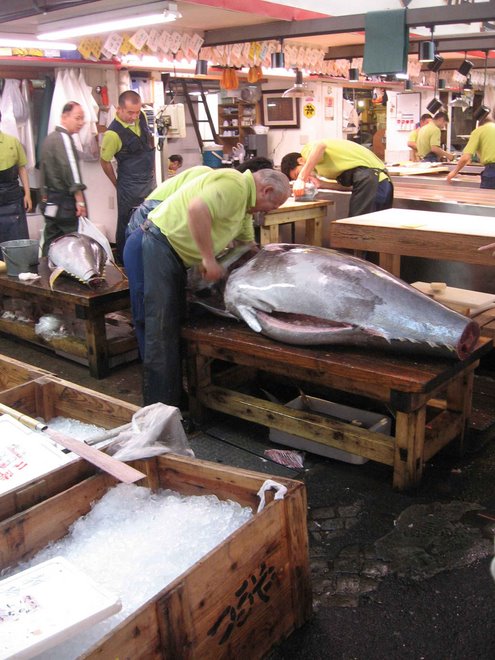
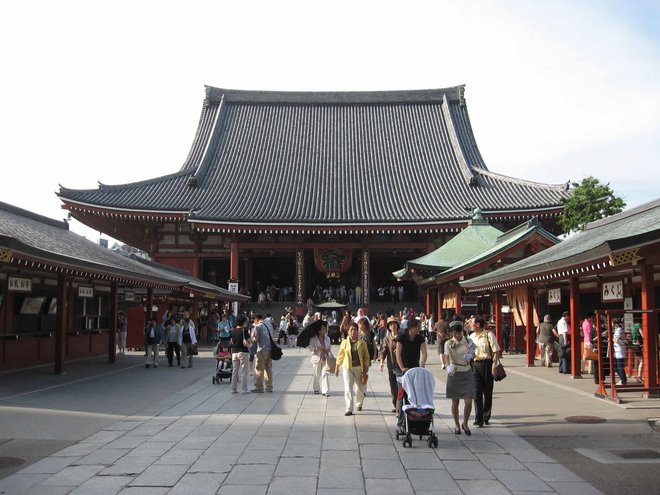


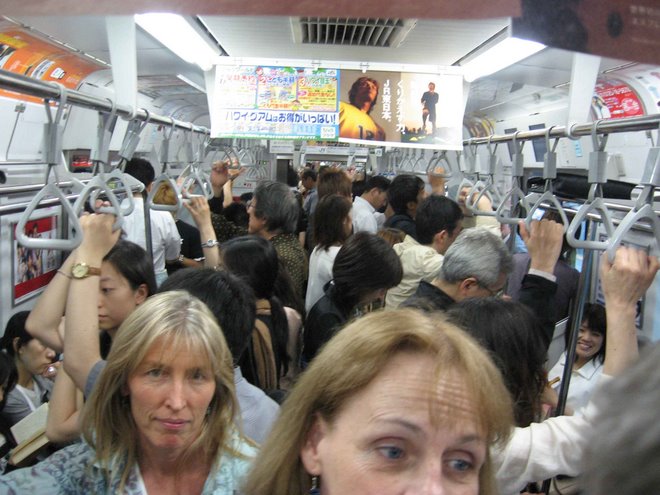

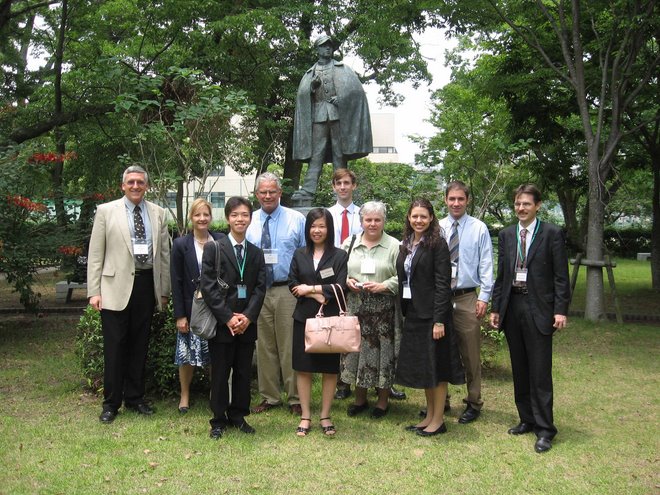



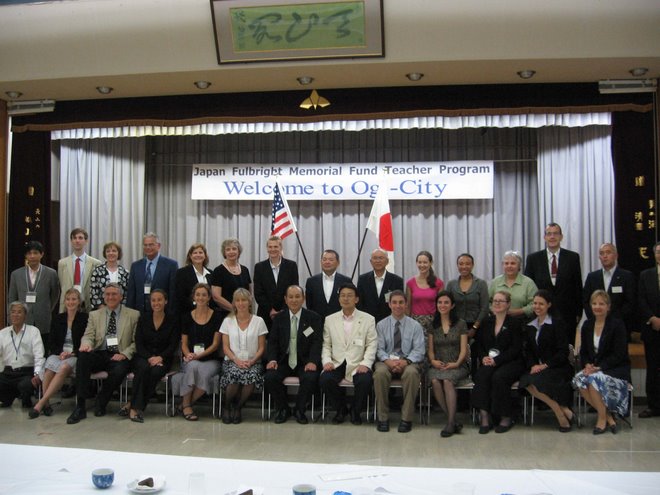

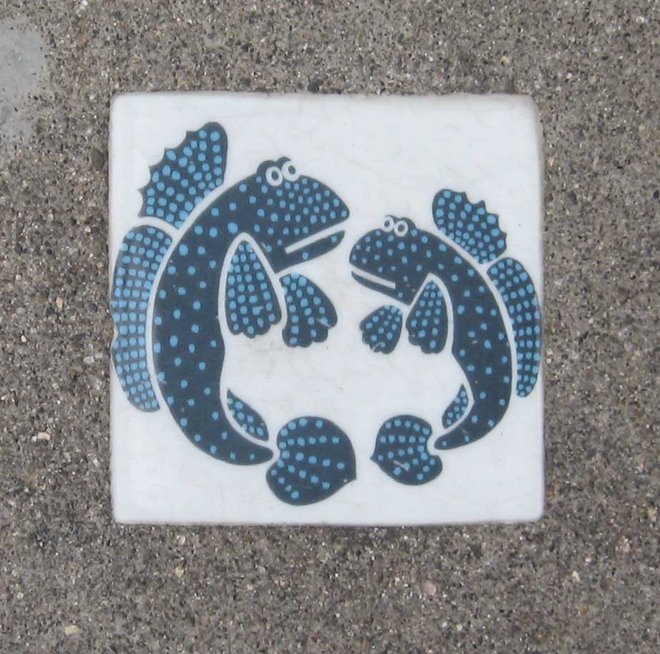
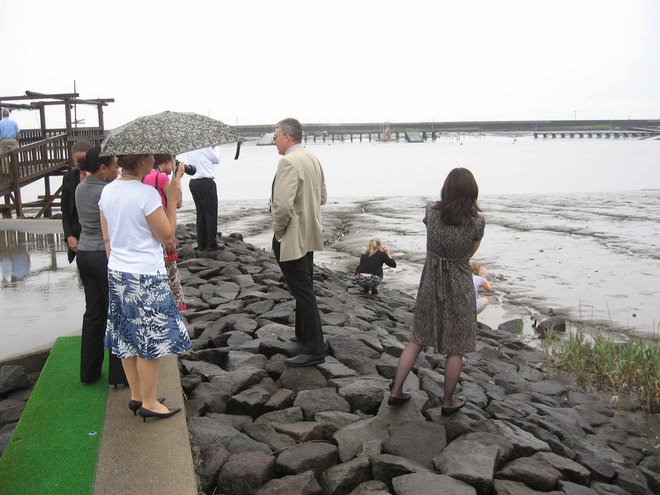

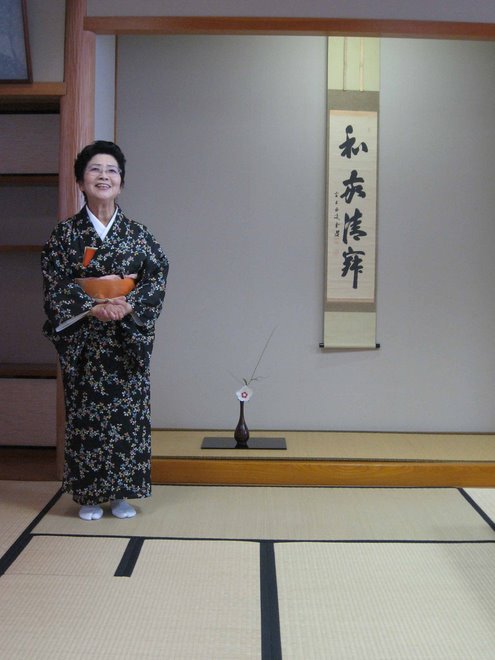


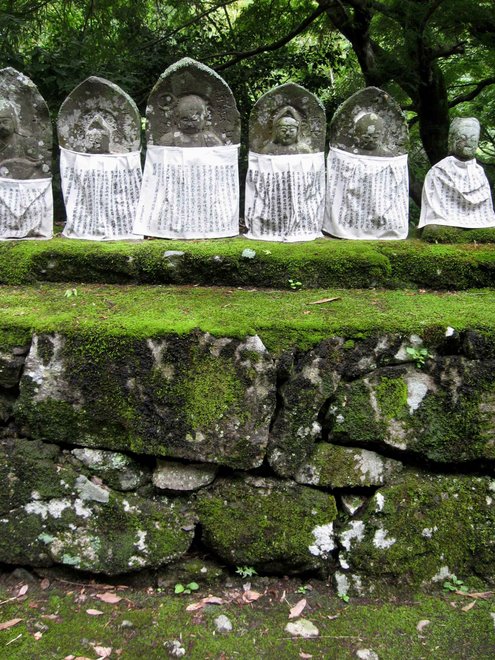
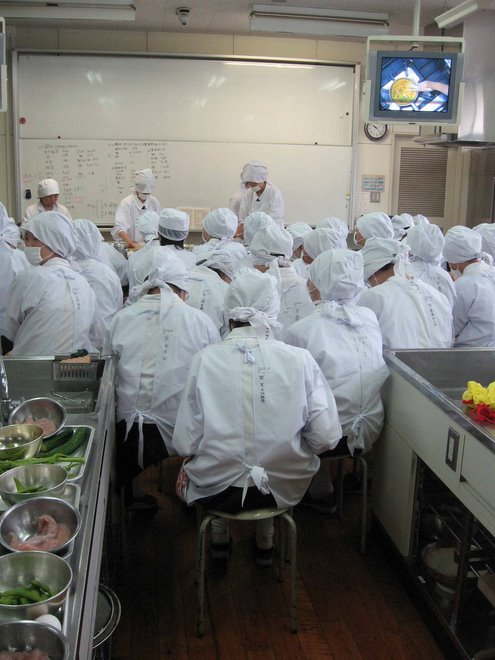
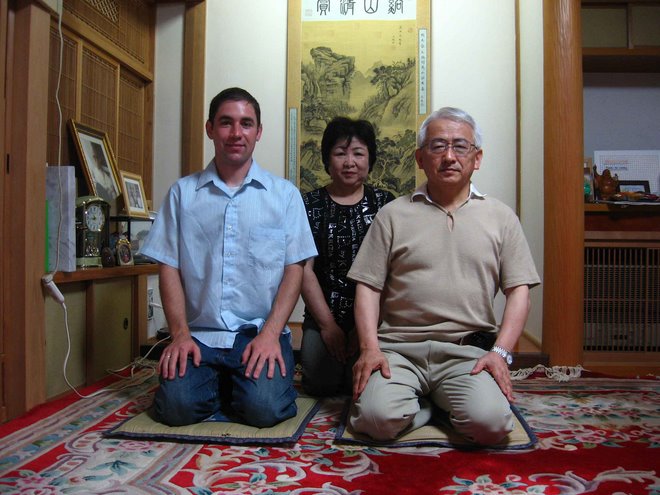



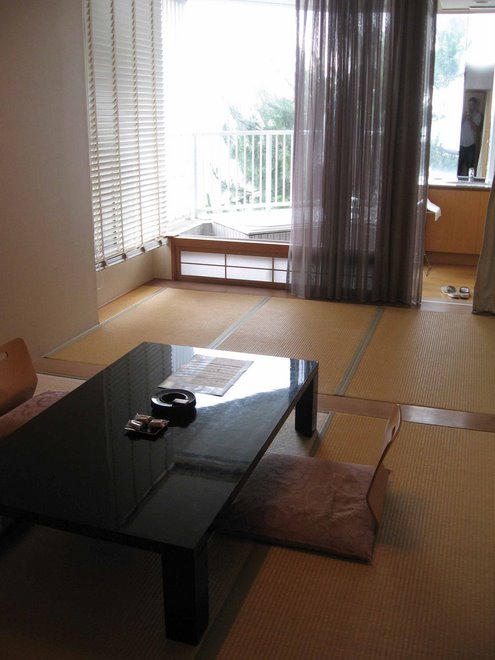


No comments:
Post a Comment